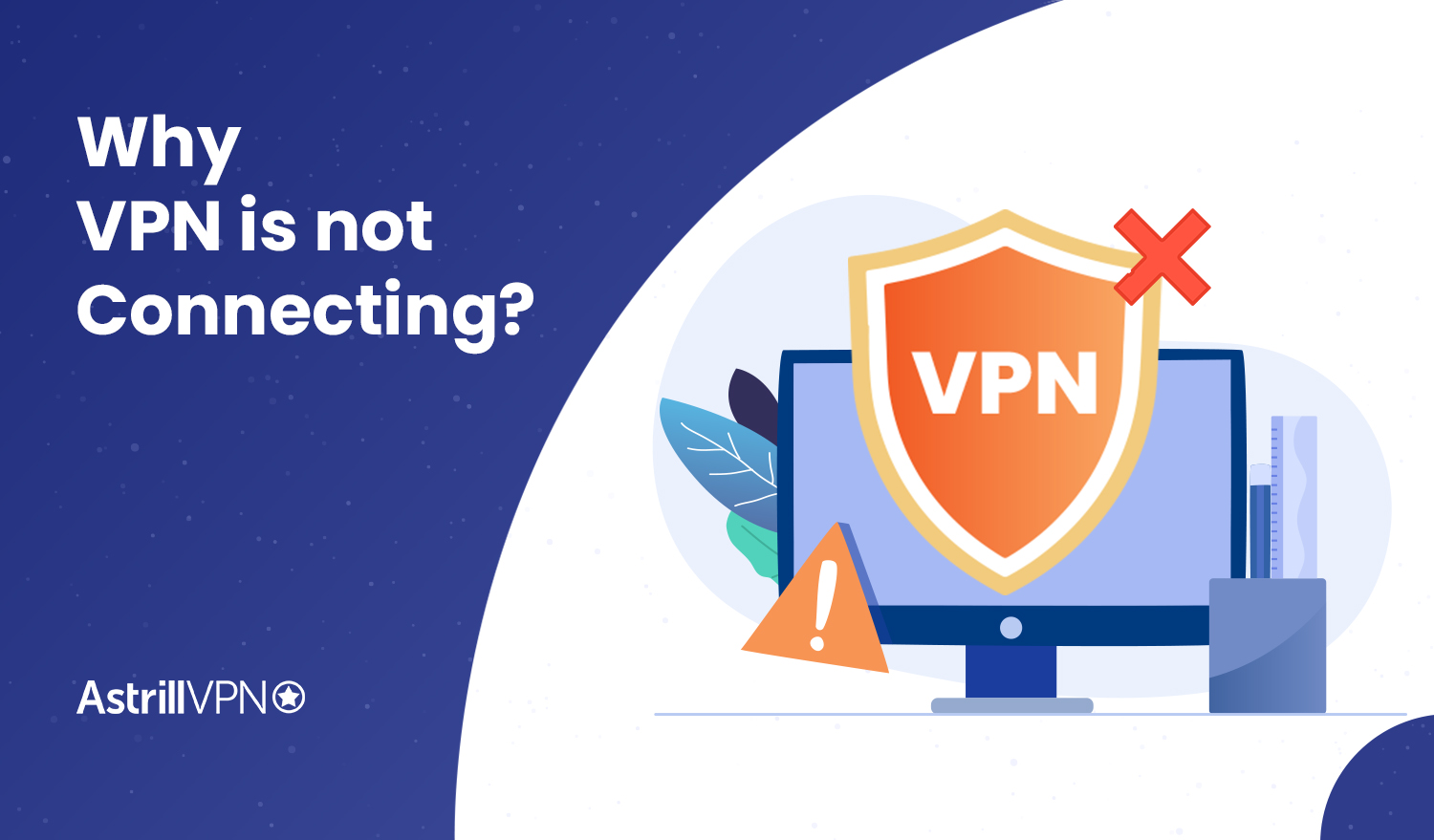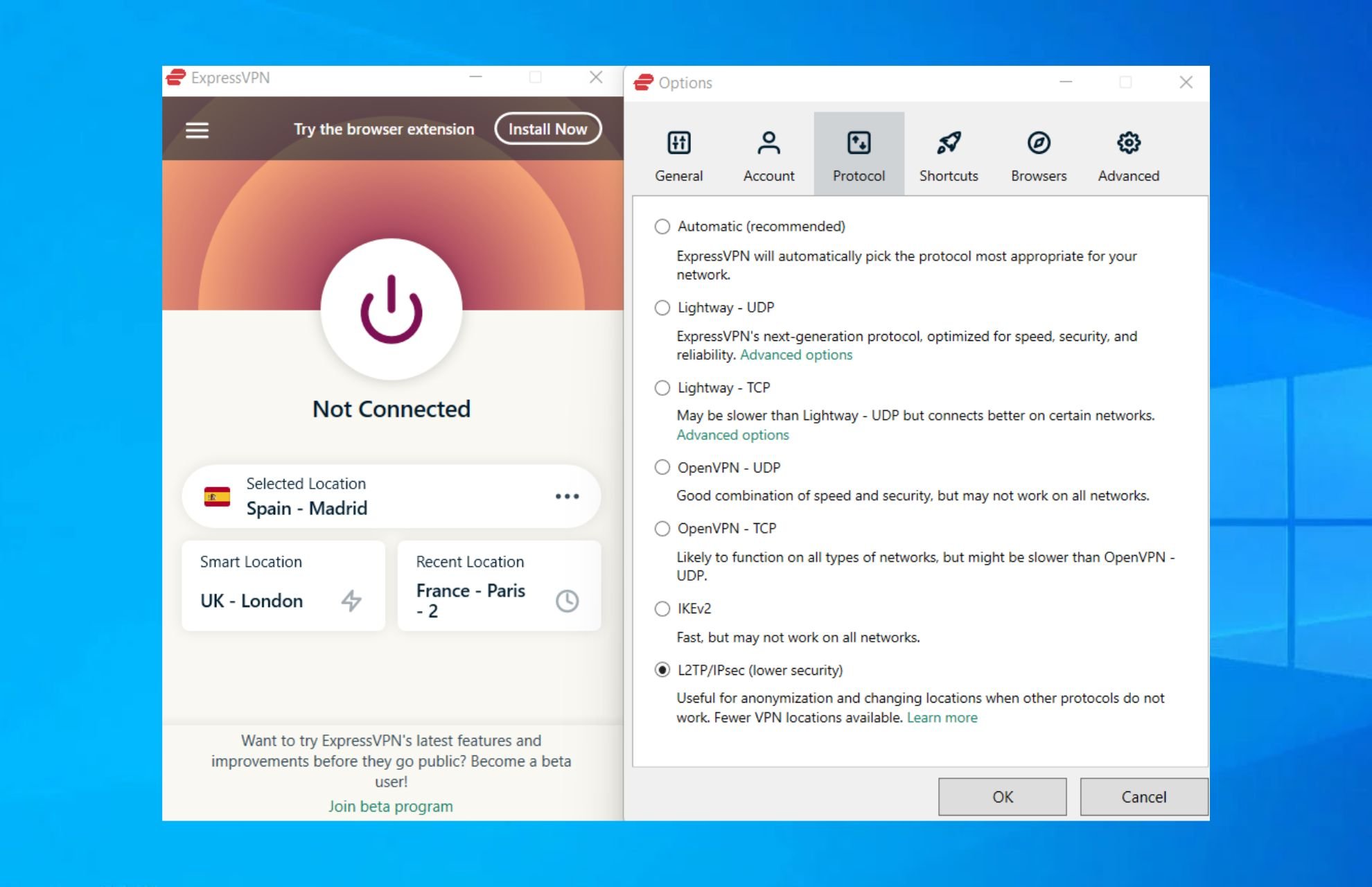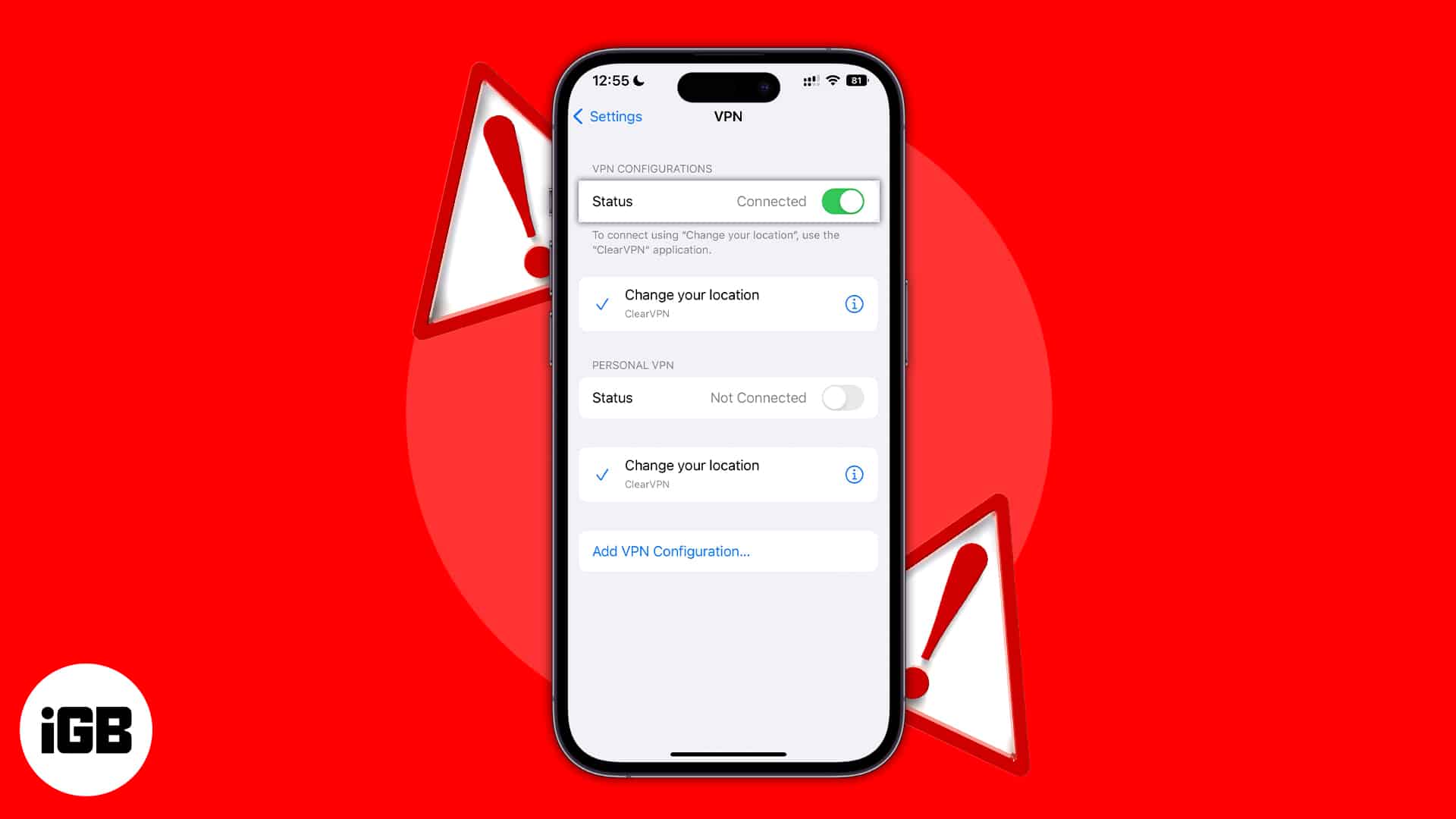Featured
Table of Contents
Vpn Is Not Connecting - Learn How To Fix It In 10 Steps

The Routing and Remote Access snap-in lives within the Microsoft Management Console, known as the MMC. There are several ways to access the MMC. You can pick the console from the Start menu's Programs choices, within the Administrative Tools folder within Windows server's Control board or by typing mmc at a command timely.
As Tech, Republic's Brandon Vigliarolo shows within his video at the start of this article, the Services console displays the status of the Routing and Remote Access entry. From within the Solutions console and with the Routing and Remote Gain access to entry highlighted, you can click Start the Service or right-click the entry and choose Restart.
In some cases the VPN client and VPN server are set to using different authentication techniques. Confirm whether an authentication mistake is the issue by opening the server console. Another technique of accessing the MMC is to type Control+R to open a command prompt in which you can type mmc and struck Get in or click OK.
If the entry isn't present, click File, select Add/Remove Snap-in, pick the Routing and Remote Access alternative from the choices and click Include, then OK. With the Routing and Remote Gain access to snap-in added, right-click on the VPN server and click Properties. Then, review the Security tab to confirm the authentication technique.
Nordvpn Won't Connect - Solutions For Your Os - 2023 Guide
Make sure the VPN customer is set to the authentication method specified within the Security tab. Normally the items simply evaluated are accountable for a lot of VPN connection refusal errors.
Each Web-based VPN connection usually utilizes 2 different IP addresses for the VPN customer computer. This is the IP address that's used to establish the preliminary TCP/IP connection to the VPN server over the Internet.

This IP address normally has the very same subnet as the local network and therefore allows the customer to communicate with the regional network. When you established the VPN server, you must configure a DHCP server to designate addresses to customers, or you can create a bank of IP addresses to assign to clients directly from the VPN server.


If this alternative is selected and the reliable remote gain access to policy is set to permit remote gain access to, the user will have the ability to connect to the VPN. I have been not able to re-create the situation personally, I have heard rumors that a bug exists in older Windows servers that can trigger the connection to be accepted even if the efficient remote gain access to policy is set to reject a user's connection.
Unable To Connect To Client Vpn From Some Devices

Another common VPN issue is that a connection is effectively established however the remote user is not able to access the network beyond the VPN server. Without a doubt, the most common reason for this problem is that consent hasn't been given for the user to access the entire network. To permit a user to access the entire network, go to the Routing and Remote Gain access to console and right-click on the VPN server that's having the problem.
At the top of the IP tab is an Enable IP Routing check box. If this check box is allowed, VPN users will have the ability to access the rest of the network, assuming network firewall programs and security-as-a-service settings permit. If the checkbox is not selected, these users will be able to access only the VPN server, however absolutely nothing beyond.
For instance, if a user is dialing directly into the VPN server, it's generally best to configure a fixed route in between the customer and the server. You can configure a static path by going to the Dial In tab of the user's residential or commercial properties sheet in Active Directory Users and Computers and selecting the Apply A Fixed Path check box.
Click the Add Path button and after that enter the destination IP address and network mask in the area offered. The metric should be left at 1. If you're using a DHCP server to assign IP addresses to customers, there are a number of other problems that could cause users not to be able to exceed the VPN server.
Site-to-site Vpn Troubleshooting
If the DHCP server designates the user an IP address that is currently in use in other places on the network, Windows will discover the dispute and prevent the user from accessing the remainder of the network. Another common problem is the user not receiving an address at all. Most of the time, if the DHCP server can't designate the user an IP address, the connection will not make it this far.
254.x. x variety. If the customer is designated an address in a range that's not present within the system's routing tables, the user will be unable to browse the network beyond the VPN server. Other problems can add to this issue, too. Guarantee the resources the user is attempting to gain access to are in fact on the network to which the user is connecting.
A VPN connection to the other subnet might, in truth, be required. A firewall or security as a service solution might also be to blame, so don't forget to evaluate those options' settings, if such parts are present between the VPN server and the resources the user looks for to reach.
The very first possibility is that one or more of the routers included is carrying out IP package filtering. I advise examining the customer, the server and any makers in between for IP packet filters.
Latest Posts
Best Vpn For Business
18 Best Vpn Services To Protect Your Online Privacy + ...
Best Virtual Private Networks Reviews 2023